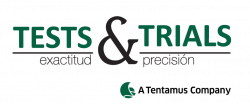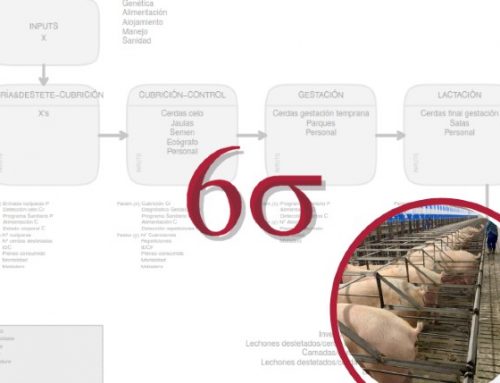New Animal Health Law in force supports the “One Health” focus
- Greater control of diseases in livestock farms
- Prevent the spread of viruses to humans
- This Wednesday, April 21, the New Animal Health Law (Regulation (EU) 2016/429) applicable throughout the European Union (EU) came into force.
The regulation, approved in March 2016, determines the responsibilities of farmers, veterinarians and others dealing with animals in order to ensure animal health. It also allows greater of new technologies for activities such as pathogen surveillance, animal registration and electronic identification.
Thus, this new law seeks to guarantee a unique model by creating much clearer and simpler guidelines, so that the main focus is never lost: preventing, controlling and eradicating the appearance of diseases transmissible to human beings.
The lay offers more flexibility to adjust rules to local and specific circumstances, and to emerging issues such as climate and social change. It sets out a better legal basis for monitoring animal pathogens resistant to antimicrobial agents.
In force at the best time
One of the many things that the pandemic has taught us is the importance of biosecurity, biocontainment, biosecurity, and vaccination in order to cope with virus and bacterial infection.
Animals can transmit, even appearing to be perfectly healthy, all kinds of pathogens (such as viruses, bacteria and fungi) when they come into contact with humanos. These diseases, known as “zoonoses,” make up a long list. The impact of the spread of avian influenza, rinderpest and foot-and-mouth disease in recent times has reminded us of the importance of placing emphasis on establishing an effective prevention system.
The law includes a list of diseases that must be reported with immediate effect if detected. The lists of species and groups are laid down in Regulation (EU) 2018/1629 and Regulation (EU) 2018/1882
One of the steps established by this system is the legal obligation to notify health authorities outbreaks detected. Also, to provide as much information as necessary to prevent the spread to other areas, communities and countries.
Other priorities
There has been a notorious increase in the consumption of animal meat in recent years. Moreover, in the previous year, Spain exported almost 5 million tons of animal products (meat, milk, hides, feed, …) and these numbers are expected to continue growing gradually. A lack of control in terms of quality and condition of the animals can have serious consequences for public health and for the economy.
Thereby, very clear and common guidelines regarding the trade in live animals are established. These, set in 2016 by the EU Agriculture and Fisheries Council, seek to increase sanitary control and to prevent the entry of new diseases from distant countries.
The law also remembers the dangers associated with antibiotics and establishes an action plan to evaluate its use. This means, the possible situations when the use of the antibiotics is justify. The consumption of products derived from animals with drug resistance can cause humans to also generate it, which would be a serious health problem.
Conclusions
This law provides support for the agricultural and livestock sectors on their way towards competitiveness and a safe and smooth EU market of animals and of their products, Betting on greater security, we are approaching the growth of two so important sectors.
With less bureaucratic procedures and more accessible legislation, a more efficient exchange of information will be achieved.
On the other hand, the EU establishes that all agents involved in the process of breeding, control and trade of animals have to be participants in the animals bioprotection. This will facilitate the issuance of penalties in cases of negligence and greater control of activities.
This new animal health law is also a key output of the Animal Health Strategy 2007-2013, “Prevention is better than cure”.





